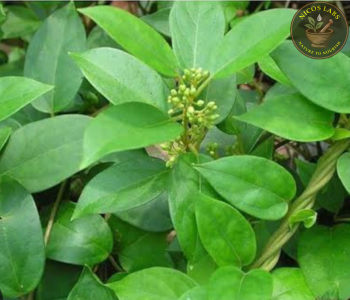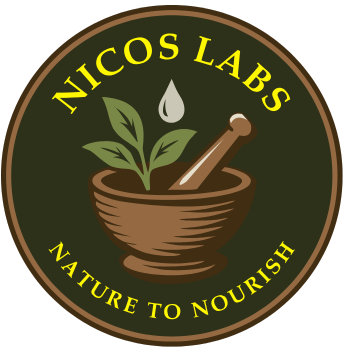🌿 Gymnema sylvestre, a powerful Ayurvedic herb especially known for its benefits in blood sugar management:

Common Names: Gymnema, Gurmar (“sugar destroyer” in Hindi)
Sanskrit Name: Meshashringi
Botanical Name: Gymnema sylvestre
Family: Apocynaceae
Type: Woody climbing plant native to India and tropical Asia
🌱 Plant Description
- Form: A vine with soft, hairy stems
- Leaves: Oval-shaped, soft with distinct veins
- Flowers: Small and yellow
- Habitat: Found in tropical forests of India, Sri Lanka, and Southeast Asia
- Part Used: Primarily the leaves
🔬 Key Active Compounds
- Gymnemic acids – Unique compounds that:
- Block sugar receptors on the tongue (temporarily reducing sweet taste perception)
- Inhibit glucose absorption in the intestine
- Support insulin function and regeneration of pancreatic beta cells
💊 Medicinal Benefits
| System | Benefits |
|---|---|
| Blood Sugar | Lowers and stabilizes blood glucose; supports insulin sensitivity |
| Sugar Cravings | Reduces desire for sweet foods by altering taste perception |
| Weight Management | Helps reduce appetite and sugar intake |
| Metabolism | Improves lipid profile and metabolism of carbohydrates |
| Digestive Health | Mildly laxative and supportive for liver function |
🌼 Ayurvedic Properties
| Property | Description |
|---|---|
| Rasa (Taste) | Bitter, astringent |
| Virya (Potency) | Heating |
| Vipaka (Post-digestive effect) | Pungent |
| Effect on Doshas | Balances Kapha and Pitta; can aggravate Vata in excess |
In Ayurveda, Meshashringi is revered for its “anti-Madhumeha” (anti-diabetes) effect and often combined with herbs like neem, karela (bitter melon), and turmeric in diabetes formulas.
🧪 Forms of Use
- Capsules/Tablets – Standardized extracts (often 25–75% gymnemic acids)
- Powder (Churna) – Mixed with warm water or honey
- Liquid extract/tincture – For quick absorption
- Tea or decoction – Though very bitter, used traditionally
⚠️ Precautions
- May enhance effects of diabetic medications – monitor blood sugar closely
- Use under supervision if taking insulin or hypoglycemics
- Avoid during pregnancy or breastfeeding
- Long-term use should be cycled or reviewed by a practitioner
